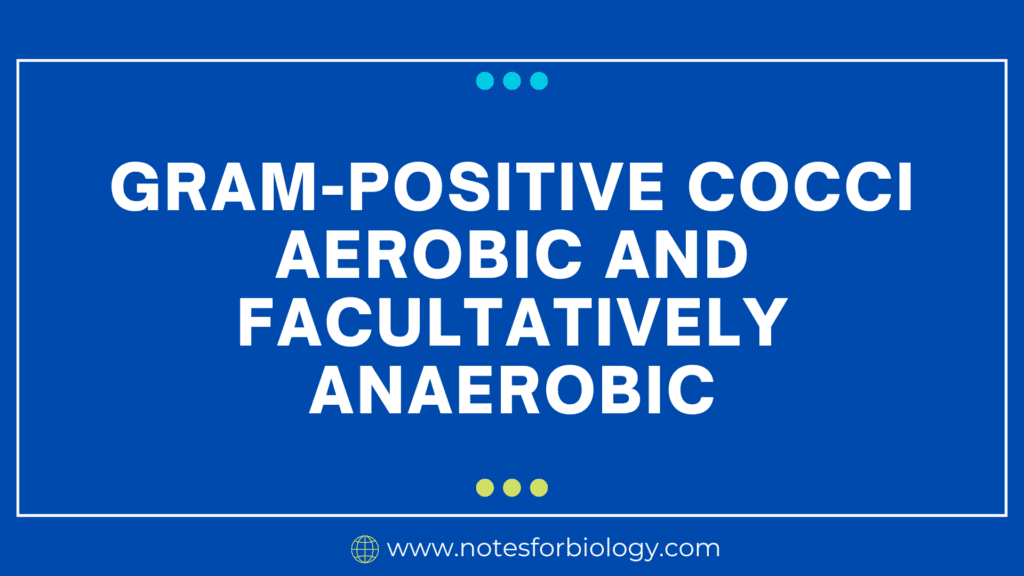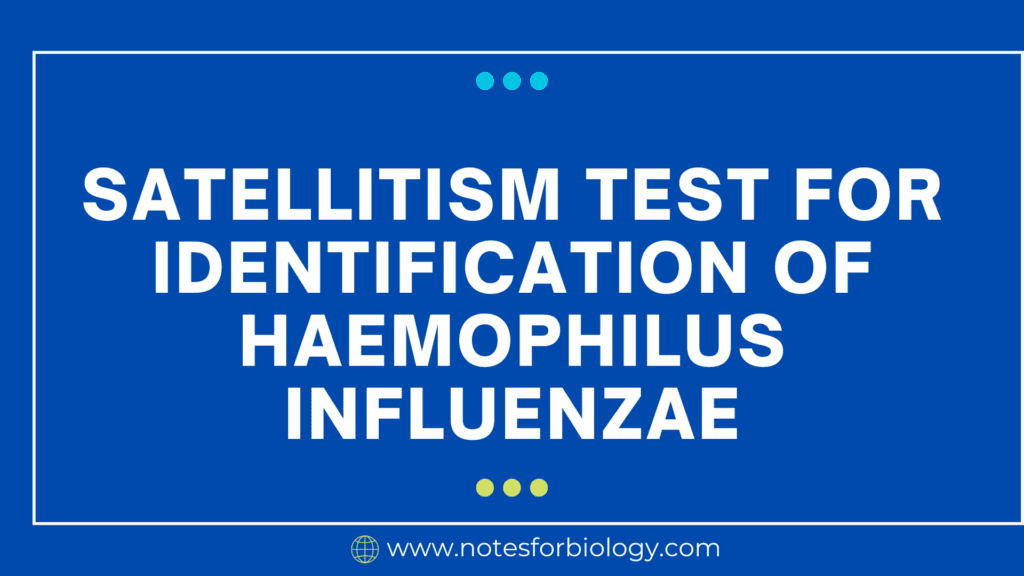Gram-Positive Cocci are a class of bacteria that belong to several genera and are both facultatively anaerobic and aerobic. Many of these species are important in clinical and environmental settings. Below is a summary of some of the major genera and species that make up this group.
Table of Contents
Gram-Positive Cocci
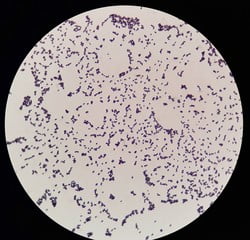
Aerobic Gram-Positive Cocci
Aerobic Gram-Positive Cocci is a type of bacteria for these bacteria to flourish, oxygen is necessary. They do best in conditions with plenty of oxygen.
Characteristics
- Oxygen requirement: oxygen is necessary for life and growth.
- Metabolism: Aerobic respiration is the main process.
- Examples: A few Micrococcus and Staphylococcus species
Facultatively Anaerobic Gram-Positive Cocci
Both in the presence and absence of oxygen, these bacteria can proliferate. When oxygen is available, they prefer to use it, but in the absence of oxygen, they can transition to anaerobic respiration or fermentation which is known as Gram-Positive Cocci.
Characteristics
- Air Tolerance: Able to grow both in and out of oxygen.
- Metabolism: Able to perform anaerobic reactions such as fermentation as well as aerobic respiration.
- Examples include numerous species of Enterococcus, Streptococcus, and Staphylococcus.
Aerobic and Facultatively Anaerobic Gram-Positive Cocci major genre and species
1 .Staphylococcus
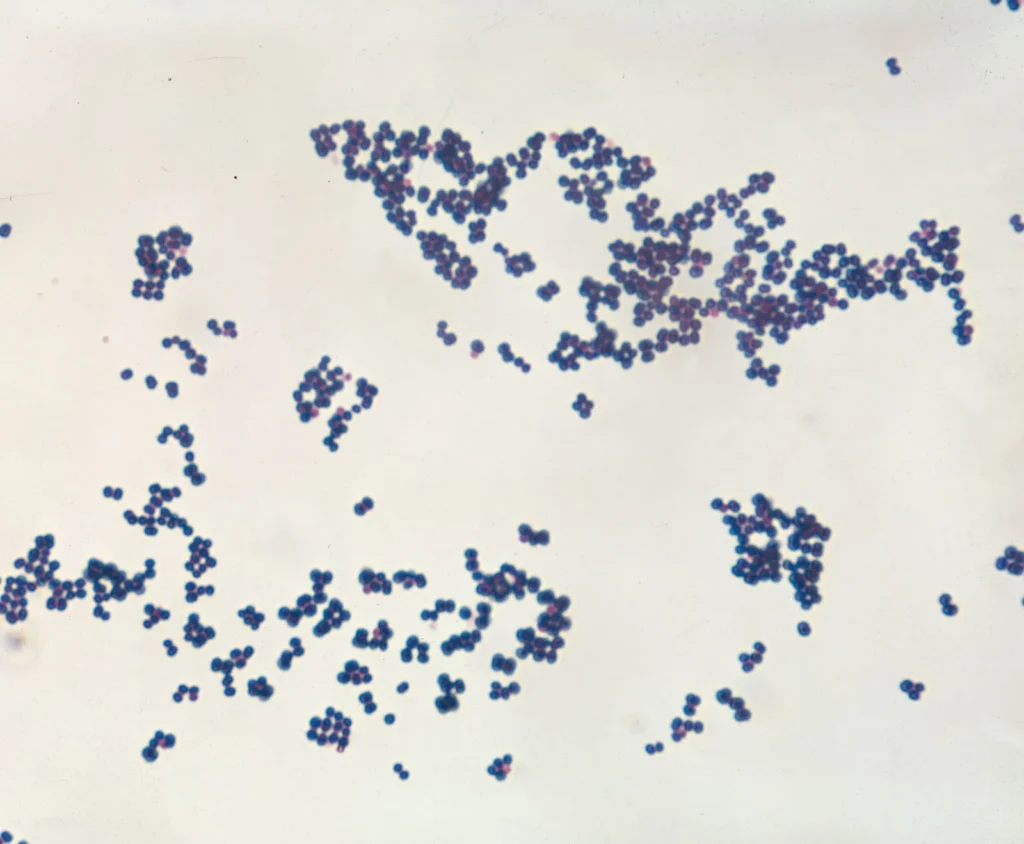
Characteristics
Cluster-forming cocci, catalase-positive.
key species
Staphylococcus aureus: Commonly present on mucous membranes and skin, this bacteria can cause a variety of diseases, from simple skin infections to life-threatening illnesses like sepsis, pneumonia, and endocarditis.
Staphylococcus epidermidis: A typical component of skin flora, however it can infect those with indwelling medical devices or those with impaired immune systems.
Urinary tract infections : They are frequently related with Staphylococcus saprophyticus.
2. Streptococcus
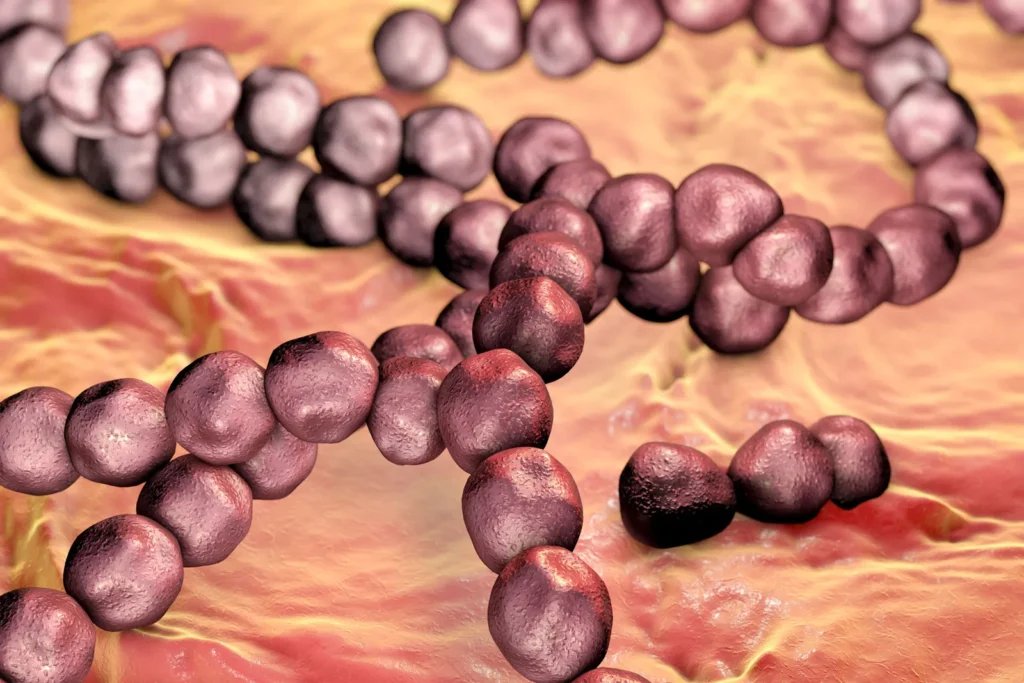
Characteristics
Chain-forming cocci, catalase-negative
key species
- Group A streptococcus, Streptococcus pyogenes, is responsible for pharyngitis, cellulitis, and impetigo, as well as systemic infections such as glomerulonephritis and rheumatic fever.
- The most common cause of meningitis and newborn sepsis is Streptococcus agalactiae, sometimes known as Group B Streptococcus.
- Meningitis, otitis media, and pneumonia are all brought on by streptococcus pneumoniae.
- Streptococcus mutans, a species linked to dental caries, is one of the species in the viridans group of streptococci.
3. Enterococcus
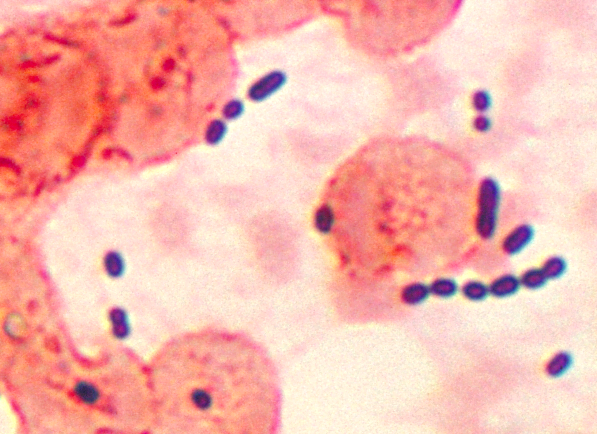
Characteristics
Part of normal intestinal flora, often in pairs or short chains, can grow in harsh conditions (high salt, bile).
key species
- Urinary tract infections, bacteremia, endocarditis, and wound infections are frequently caused by Enterococcus faecalis.
- Vancomycin (VRE) resistance and hospital-acquired infections are two of Enterococcus faecium’s well-known characteristics.
4. Micrococcus
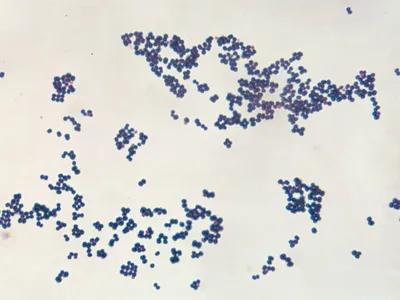
Characteristics
Tetrads or clusters, catalase-positive.
key species
Micrococcus luteus: Part of normal skin flora, generally non-pathogenic but can cause opportunistic infections in immunocompromised individuals.
5. Peptostreptococcus
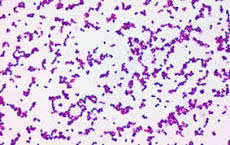
Characteristics
Anaerobic but some are aerotolerant, part of normal flora of the mouth, gastrointestinal tract, and vagina.
key species
Peptostreptococcus magnus: Involved in mixed anaerobic infections such as abscesses.
Laboratory Identification
- Gram Staining: Each and every one of these microorganisms is gram-positive (purple) staining.
- Catalase Test: The catalase test distinguishes between enterococci and streptococci, which are catalase-negative, and staphylococci, which are catalase-positive.
- Oxidation on Blood Agar: Beta-hemolysis: Whole red cell lysis surrounding colonies (like S. pyogenes and S. agalactiae).
- Alpha-hemolysis: Partial lysis with a greenish hue surrounding colonies (such as S. pneumoniae and viridans streptococci) is known as alpha-hemolysis.
- Gamma-hemolysis: No lysis (e.g., some Enterococcus species) is seen in gamma-hemolysis.
- Coagulase test: Distinguishes coagulase-positive S. aureus from coagulase-negative staphylococci.
Clinical Importance
These bacteria are significant due to their roles in various infections. Understanding their growth characteristics and metabolism helps in diagnosing and treating infections effectively. For instance
- Antibiotic resistance and severe infections are two characteristics of Staphylococcus aureus.
- One of the main causes of meningitis and pneumonia is streptococcus pneumoniae.
- Due to their significant resistance to numerous medications, Enterococcus species provide difficulties in healthcare environments.
Gram-Positive Cocci due to their involvement in a variety of illnesses, inclusion in the normal human flora, and differing degrees of antibiotic resistance, gram-positive cocci are extremely important for both public health and therapeutic settings. Because methicillin-resistant Staphylococcus aureus (MRSA) is so common, species like Staphylococcus aureus should be taken very seriously as they can cause skin infections, pneumonia, and sepsis. A major contributor of Gram-Positive Cocci to pneumonia, meningitis, and otitis media, streptococcus pneumoniae affects susceptible groups like children and the elderly. Several Enterococcus species, most notably Enterococcus faecalis and Enterococcus faecium, are known for their resistance to several medications, especially vancomycin-resistant enterococci (VRE), and for their involvement in nosocomial infections, such as bacteremia and urinary tract infections. These bacteria’s capacity for adaptation.
Frequently Asked Questions (FAQ)
What is Gram-Positive Cocci ?
Gram-Positive Cocci are a class of bacteria that belong to several genera and are both facultatively anaerobic and aerobic. Many of these species are important in clinical and environmental settings.
What is Aerobic Gram-Positive Cocci ?
Aerobic Gram-Positive Cocci is a type of bacteria for these bacteria to flourish, oxygen is necessary. They do best in conditions with plenty of oxygen.
What is characteristics of Streptococcus?
Chain-forming cocci, catalase-negative
What is Staphylococcus aureus ?
Commonly present on mucous membranes and skin, this bacteria can cause a variety of diseases, from simple skin infections to life-threatening illnesses like sepsis, pneumonia, and endocarditis
Related Article

